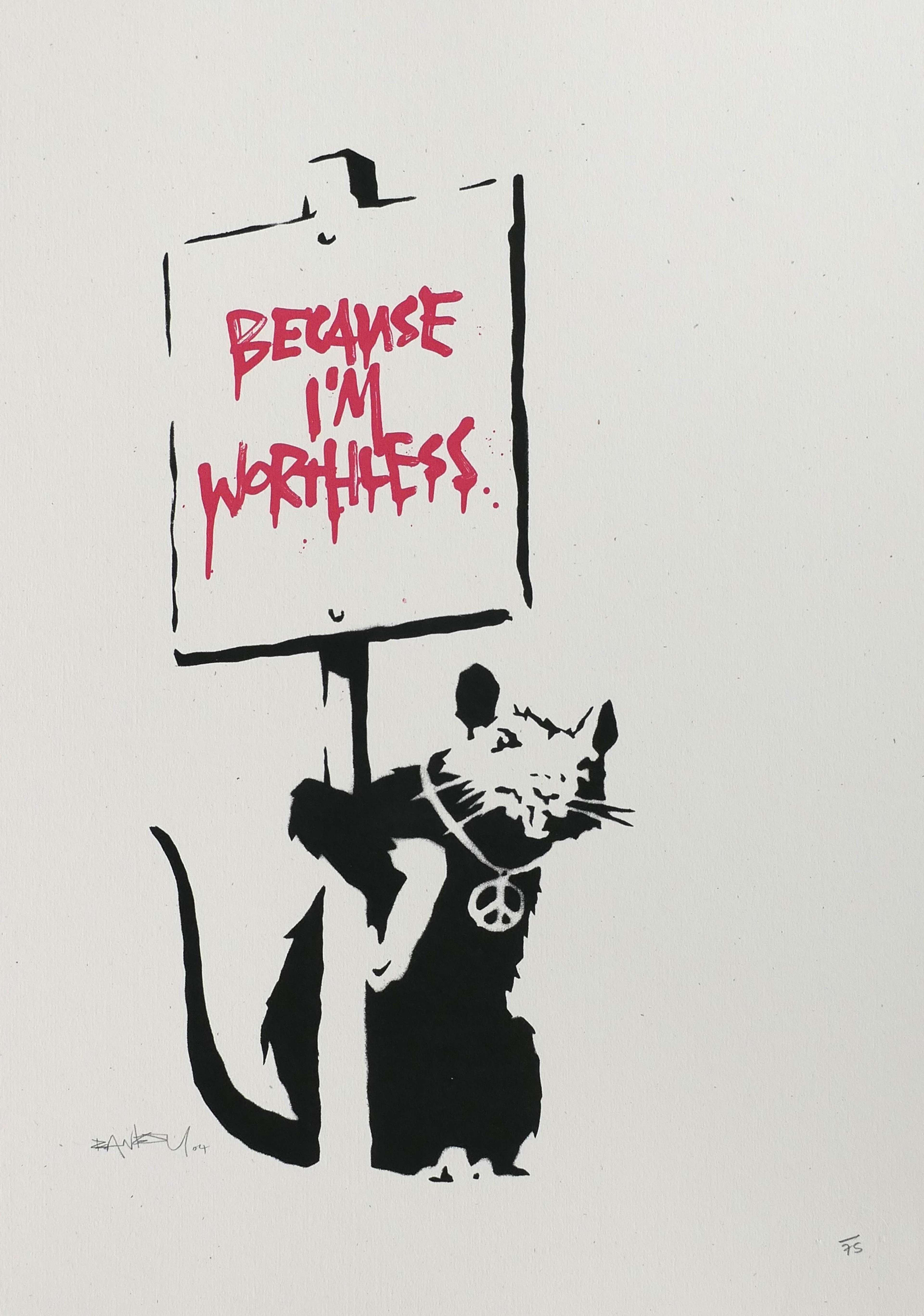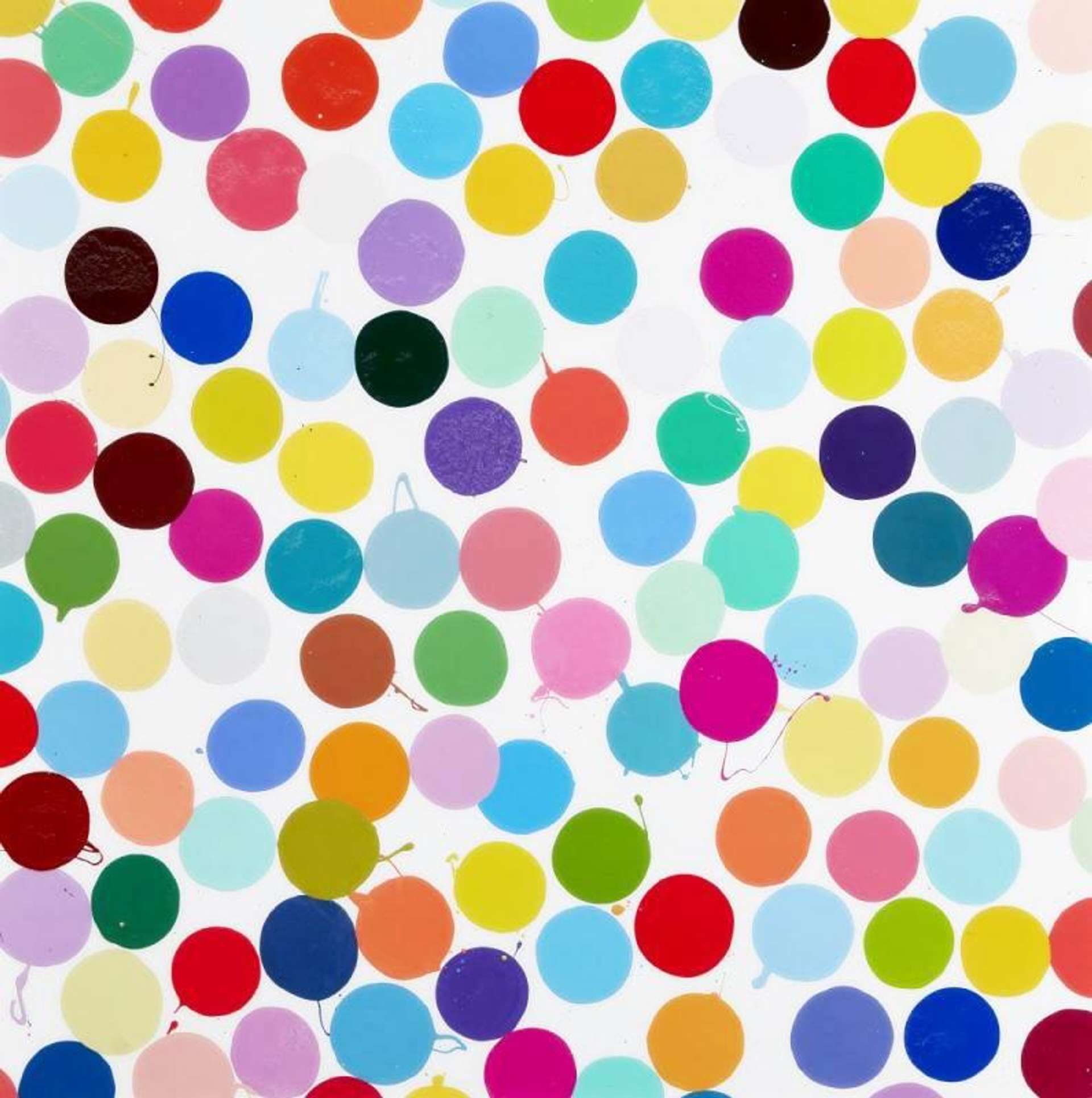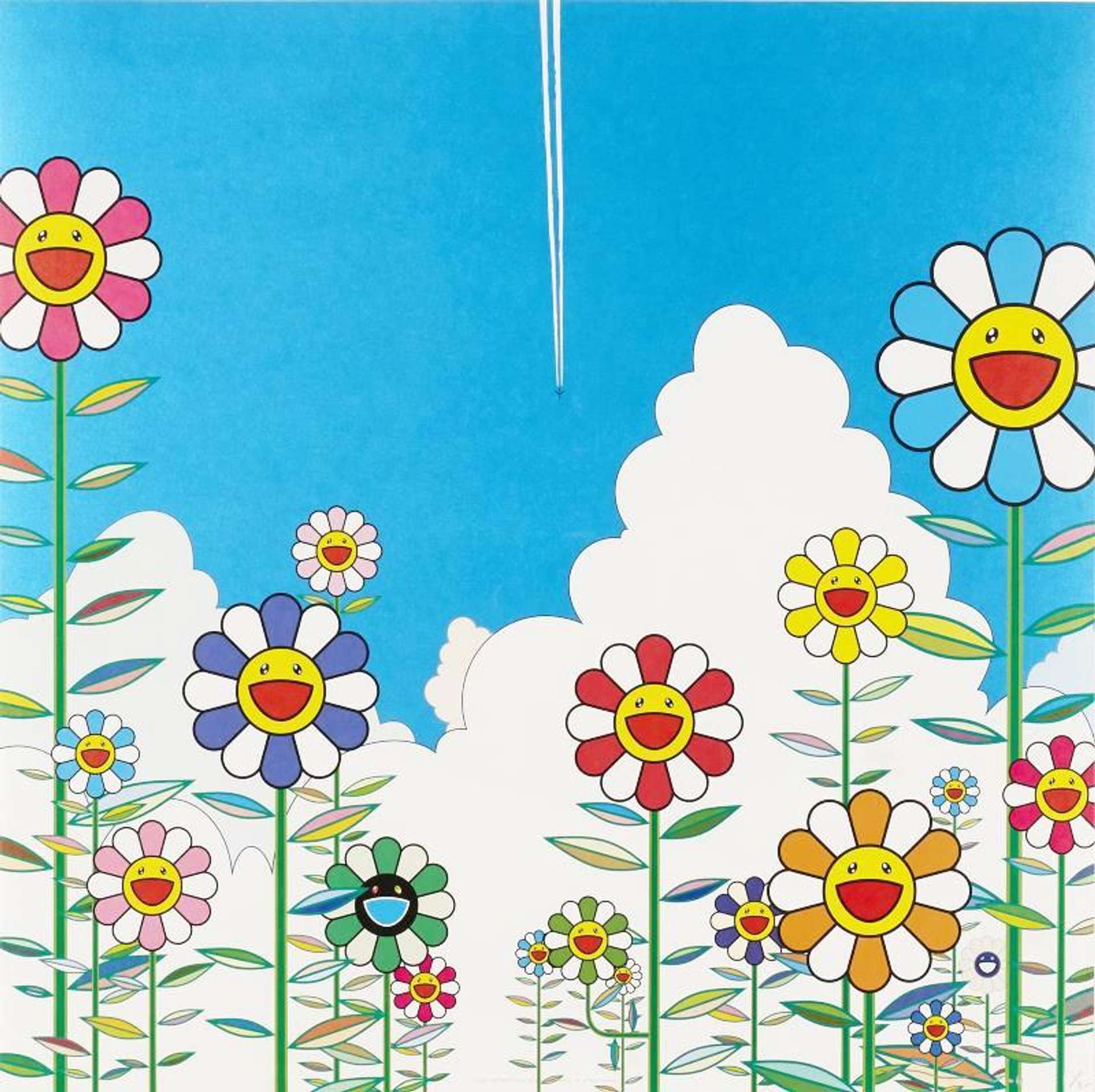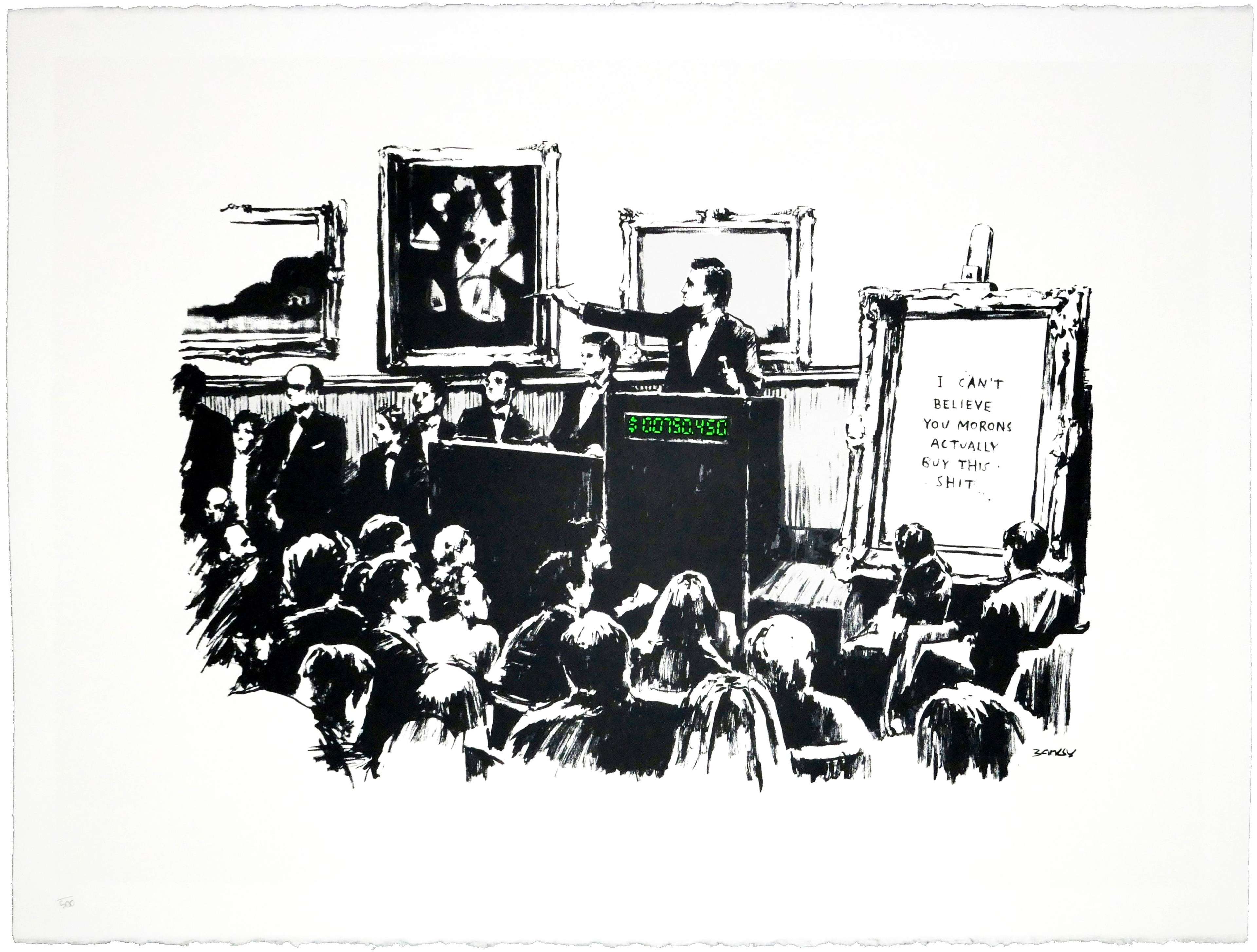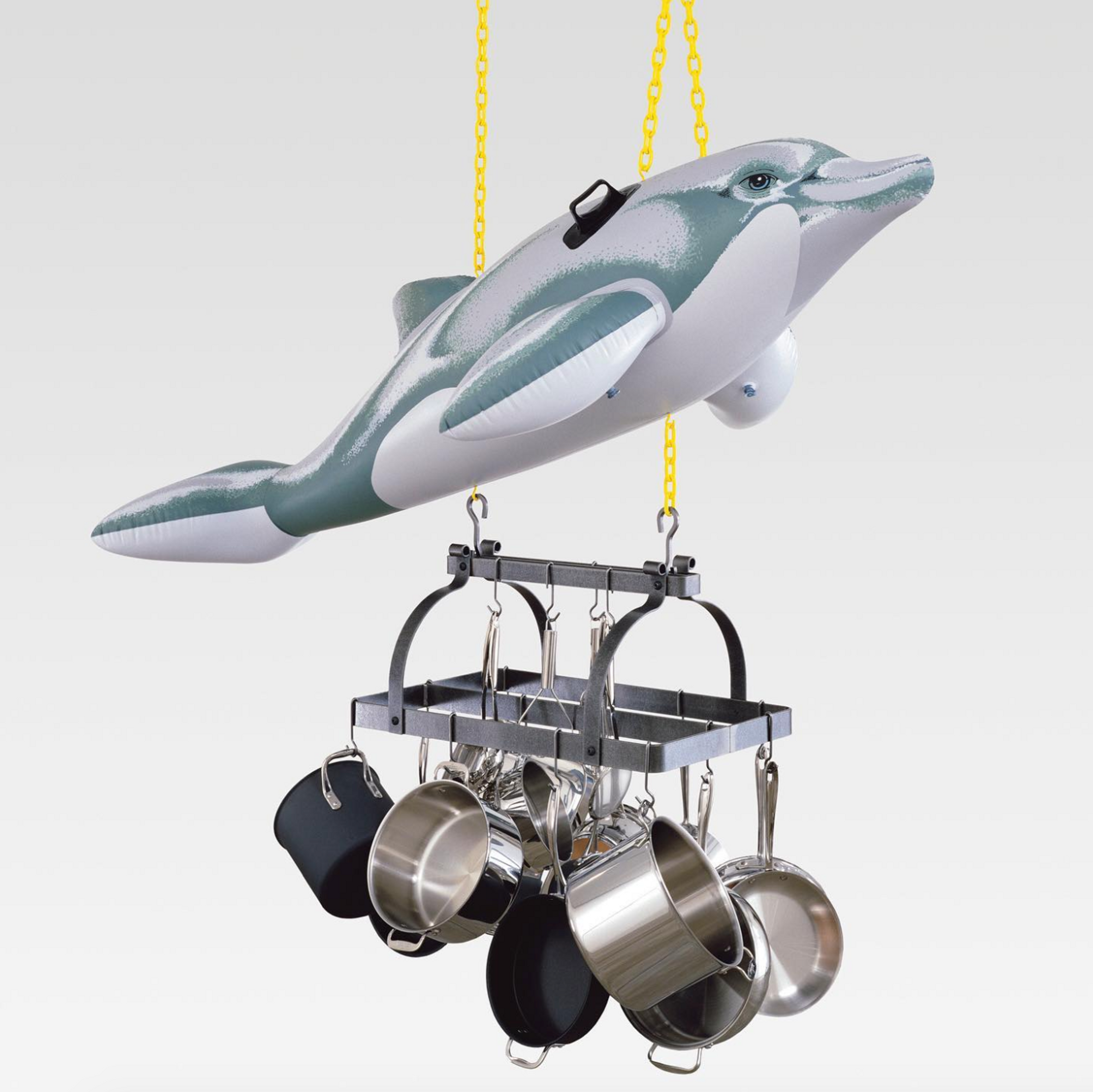 Jeff Koons, @jeffkoons "Dolphin 2002" © instagram 28.10.2020
Jeff Koons, @jeffkoons "Dolphin 2002" © instagram 28.10.2020
Jeff Koons
28 works
The most expensive artist in the word, Jeff Koons, has recently launched his first-ever NFT collection.
Leaving his signature ‘Celebrations’, Gazing Balls and Equilibrium tanks behind, Koons has turned his back on the ‘life size’ and opted in favour of a combination of small-scale — and digital — artworks. At least for now.
In this article, we take a closer look at Koons’s first foray into NFTs — a fast-changing corner of the creative world, where art, the art market, and the digital collide, to dramatic effect.
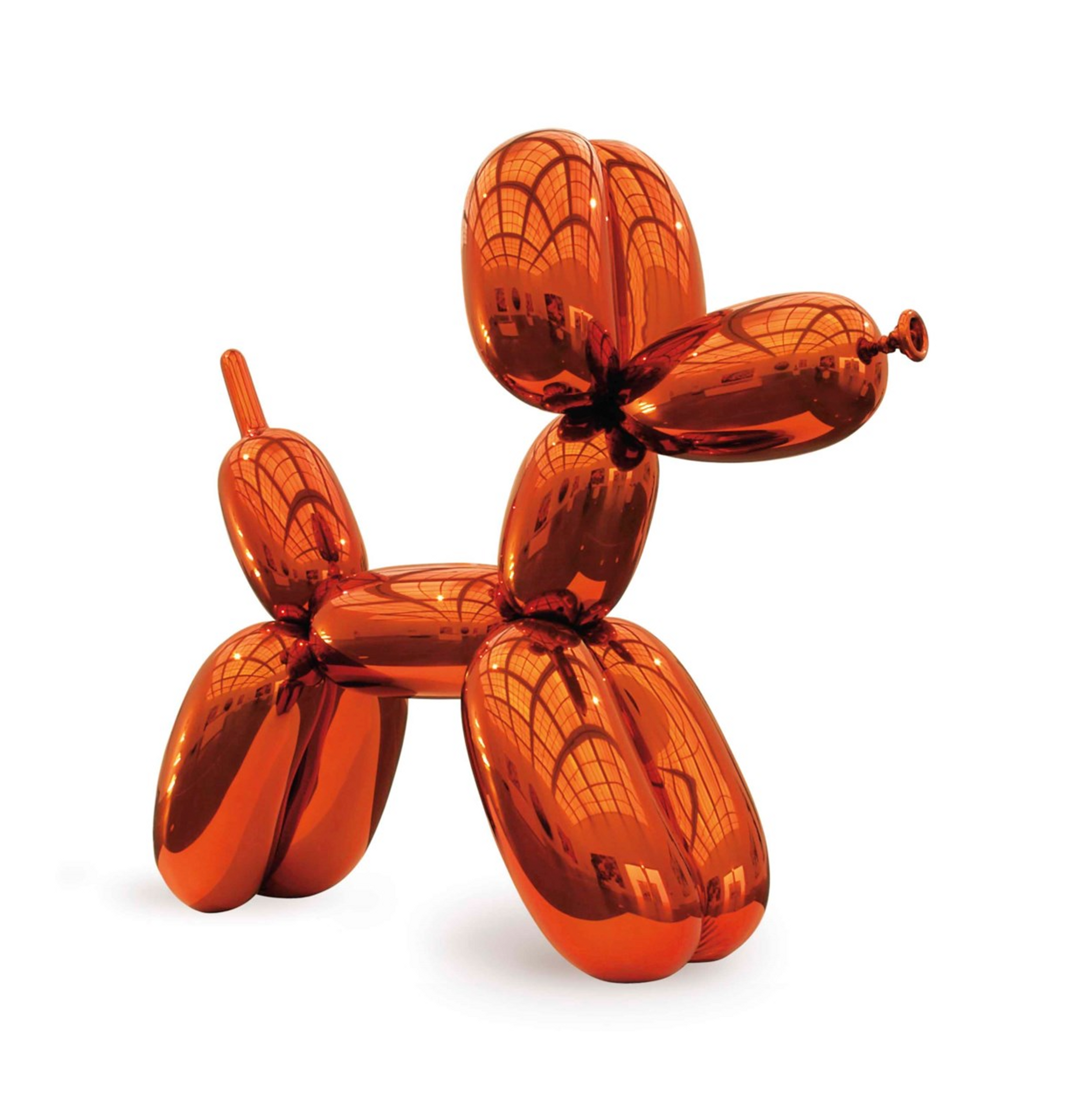 Image © Christies / Balloon Dog (orange) © Jeff Koons 1994
Image © Christies / Balloon Dog (orange) © Jeff Koons 1994What is Koons's new NFT project?
Koons’s new project is entitled ‘Moon Phases’.
It sees the internationally venerated American artist join the ranks of other ‘blue-chip’ artists, such as Banksy, Takashi Murakami, Damien Hirst, who have seen their work converted into NFT form.
Comprising 125 miniature ‘moon’ sculptures, each made of 1-inch-wide stainless steel objects encased in a sphere of glass, Koons’s project will be permanently installed on the lunar surface.
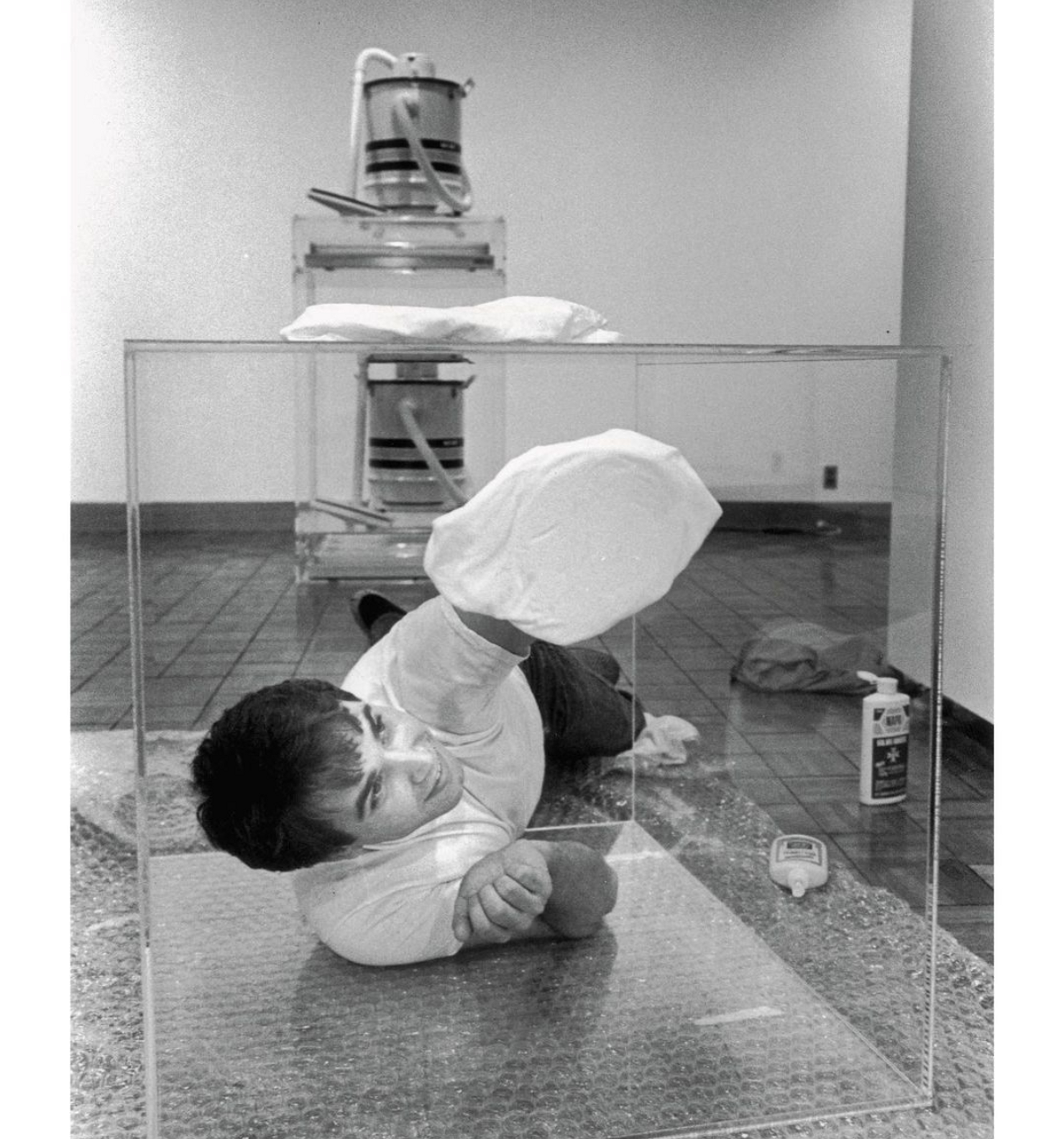 Image © Instagram @jeffkoons 16.01.2020
Image © Instagram @jeffkoons 16.01.2020Celebrating 50 years since the last American crew landed on the moon, Koons’s sculptures will blast into space from the same launchpad used by the Apollo 11 mission during the inaugural 1969 expedition to the Moon - a world-changing event commonly referred to as the ‘moon landing’.
But where on the moon will they be going?
To the Mare Crisium (or ‘Sea of Crises’), to be exact.
This is one of many ‘seas’ on the moon’s surface. Formed by ancient asteroid impacts and volcanic activity, the Mare Crisium measures about the size of the United Kingdom.
The exact location of the 125 ‘landings’ will also become a so-called ‘Lunar Landing Heritage Site’.
But here comes the interesting part.
Each sculpture that travels to the moon will be partnered with two spherical counterparts. One of these will remain on planet earth; the other will be converted into a digital NFT.
The NFT will be completely unique, comprising a photograph of the sculpture, ‘installed’ on the moon’s surface.
Although it might sound simple, there is an interesting duality inherent to the project. Combining the material and immaterial qualities of art and placing these within artworks that are also both material and immaterial, the project makes a comment on the current nature of ‘art’ itself.
In doing so, the project is not too dissimilar to that of ‘The Currency’: an NFT project launched by onetime Young British Artist Damien Hirst in 2021.
Koons’s lunar intervention is not without charitable spirit, either: proceeds from some of the first NFT sales will go towards funding the work of an organisation which mirrors the artist’s alleged concern for humanity - Médécins sans frontières.
By no means the first artist to wade into the confusing world of NFTs, this certainly isn’t the first time a major Contemporary artist has launched their artworks into either. Since 2010, French Street Artist Invader has done exactly that on two occasions.
Moon Phases will be released via Pace Verso - a new platform for minting, exhibiting and collecting NFTs.
We Have Liftoff
On February 21, 2024, Koons officially took art where few humans have gone—literally the moon. His Moon Phases project, sent aboard Intuitive Machines' Odysseus lunar lander, marks the U.S.’s first successful moon landing in over 50 years. Carrying Koons' stainless-steel miniatures depicting moon phases in a futuristic cube, each sculpture commemorates historical figures, from Aristotle to David Bowie, transforming the lunar landscape into an unexpected gallery. With "Odie" now resting on the Moon, Koons isn’t just making art history, he’s rewriting the rulebook on what "site-specific installation" really means.
Jeff Koons: A Harbinger of the NFT age?
It is not at all surprising that Koons, widely acknowledged as the most expensive artist in the world, is now creating an NFT.
To put it short: Koons has long been concerned with the commodification of art, and has often used his monumental sculptural works as means to test — and stretch — its limits.
In addition, many of his large-scale pieces have been created according to a divisive, market-based approach.
Like his self-avowed idol King of Pop Art, Andy Warhol - Koons has dabbled in ‘art fabrication’ for much of his career. This artistic practice sees artists employ third parties as means to realise their artistic projects. Koons has enlisted the services of California-based Carlson & Company time and time again when creating his sculptures.
This logic has not been without problems, however: throughout the course of the world-famous Celebration series — which includes iconic pieces such as Balloon Dog, several foundries went bankrupt trying to realise the overblown pitches Koons had put to them. Although (thankfully) falling short of bankruptcy, many of the wealthy curators who bankrolled Koons’s creations also experienced protracted periods of financial instability.
It is also worth mentioning that the so-called ‘King of Kitsch’ is known internationally for attracting staggeringly high auction prices. In May 2019, for example, Rabbit sold at Christie’s New York for over US$91 million, making it the most expensive work of art ever sold by a living artist at that time.
Similarly, NFTs have commanded huge prices at auction — blurring the lines, as Koons now does, between collectable and art piece. In 2019, for example, Pak’s ‘The Merge’ sold to 28, 893 collectors for a collective $91.8m.
Although Koons’s Moon Phases NFTs are yet to go on sale, one thing is sure: these tri-faceted artworks will likely sell fast, and for vast sums of money, despite a recent downturn in the global NFTs market.
See our comprehensive NFT explainer here.
Browse our Jeff Koons prints for sale or get a valuation here.

